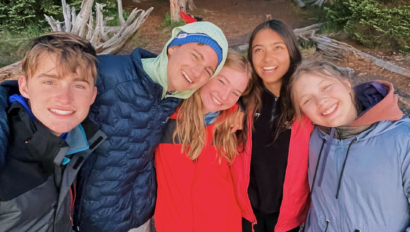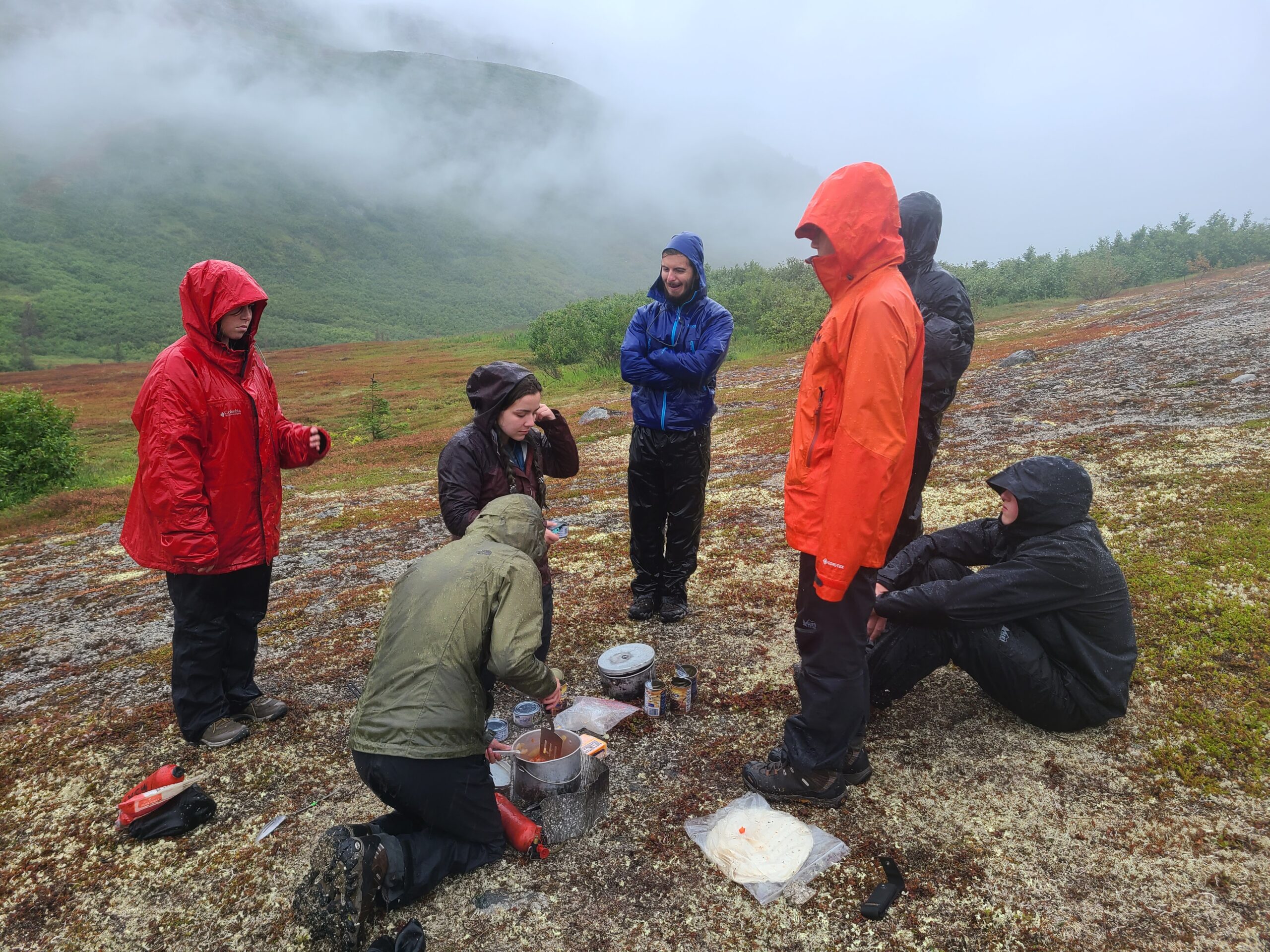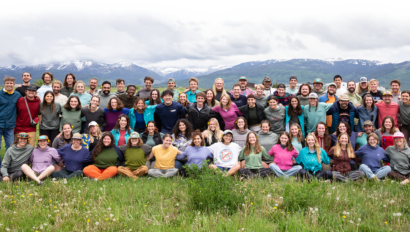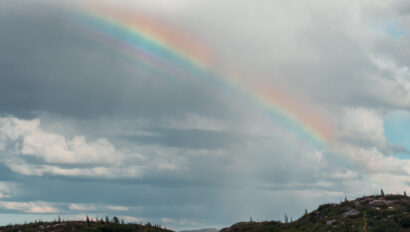
As a long-time outdoor educator and recreationist, I believe that there are few things more beneficial than spending intentional time in the wilderness, whether it’s a solo day hike, a weekend of backpacking with the family, or a twenty-one-day Wilderness Adventures trip with eleven strangers. Any meaningful time spent in the woods, by oneself or in a community, can provide countless new discoveries and lessons learned. It’s a great way to develop an appreciation for the natural world, cultivate an environmental ethic, create deeper connections with others, attain and improve skills, and understand oneself better as a leader and community-member. I can think of a number of ways that these outcomes are nurtured at Wilderness Adventures. Bringing together kids from a variety of backgrounds to, with the help of practiced leaders, experience a new place already has so many positive effects on the individual. That, paired with the campfires, the new outdoor activities, the cook crews, and the environmental teachings, is a sure way to send students home with a new outlook on community, themselves, and the outdoors.
One of the most impactful factors on a wilderness trip in my opinion, however, is not one that is necessarily as warm and fuzzy as a campfire, or a team-building game. It is the challenge that accompanies life in an unpredictable, natural environment. The weather, the terrain, the interpersonal differences, the physical demand of moving yourself with just your body—these are some of the things that, though difficult, allow an individual to push outside of their comfort zone and experience the most change, excitement, camaraderie, and lifelong impact.
I remember my first backpacking trip: a twenty-one-day expedition in the backcountry of Western North Carolina. As a fourteen-year-old from Connecticut, I had never camped before, let alone carried a forty-five-pound backpack with everything I would need for the next three weeks. About five days into the trip, we were hiking up a steep trail in Pisgah National Forest when we got caught in a typical summer afternoon thunderstorm. This one was more intense than others we had faced, however, and we had to get into lightning position on the trail. This meant that all ten students had to sit fifty feet away from each other on our backpacks, cloaked in our bright yellow, rubber, rental rain suits, until the lightning was far enough away from us for our instructors to deem it safe for travel. The trail was so angled that the dirt mixed with the rain and turned into a muddy waterfall, running into our shoes and backpacks. The rain was thick as well, and dripped in through any openings in our rain layers so that we were sweaty from the thick rubber material, wet from the weather, and shivering from the mixture of both.
After about forty-five minutes we were allowed to get up and finish our hike to camp. By that point, though everyone was hungry, cold, and dripping wet. We tried to set up tents quickly and get dinner started, but the tents were wet, and our dinner ended up being a disappointing meal of rain-soaked macaroni and cheese. Ultimately, no one was happy, but there wasn’t much to do to change our physical situation. We couldn’t just take hot showers and then crawl into a nice warm bed.
That night, sensing our discomfort, the instructors brought forward the idea of a game—a mixture of charades and telephone that required students to act and be silly in front of the group. At first people were hesitant, but eventually everyone warmed up, both emotionally and physically, and ended up laughing more than we had any other night of the trip. From then on, everyone seemed more content and more open with each other. It was like a switch was flipped, and people realized that we were all in it together, and that despite environmental factors we could still be in control of our experience. If we could recover from that thunderstorm, wet and haggard, and still have fun together that evening, then we could make it through the next two weeks of backpacking together, no problem.
This experience is one that I would put under the category of “Type II Fun.” Type I Fun is what I would define as a joyful experience, inside and out—in the moment you are having a good time, and your memory of the experience is just as good. Type II Fun, however, is more complicated. It is an experience that might not actually be that fun in the moment, such as the thunderstorm in North Carolina, but that you look back on fondly for one reason or another. In this moment, the rain storm itself was not that enjoyable. The events to follow and the community development that occurred as a result made the storm itself worth it, and colored the overall experience as positive.
Type II Fun is a common and necessary occurrence on wilderness trips. Whether it is a snow storm, a day of off-trail hiking, an unexpected river crossing, or a mountain summit attempt, there are experiences on every expedition that are not necessarily easy or fun the whole way through, but that are essential to cultivating a well-rounded and impactful experience. It is in those moments that people come together as a community in order to support each other, keep spirits and motivation high, communicate and problem solve creatively, and find themselves stepping up as leaders. Without being pushed slightly out of their comfort zones, students would not come away with such profound realizations about themselves, others, and the unpredictable beauty of the wilderness. While campfires, games, and new outdoor activities are often why people come on these trips to begin with, it is the moments of Type II Fun that push students to think critically, create deep connections, and find reason to return to the wilderness.



